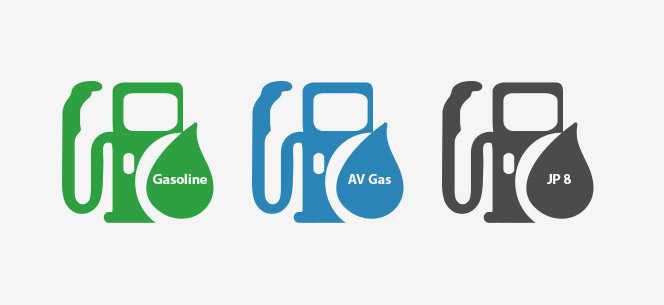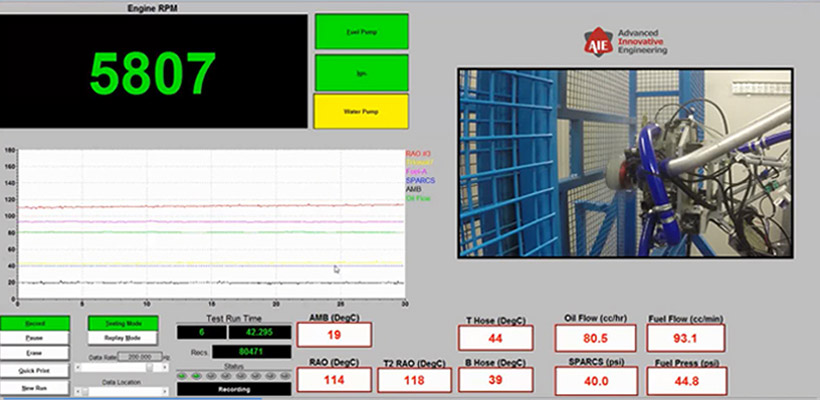Wankel Rotary Engines – I understand rotary engines can only run on gasoline?

False. Wankel rotary engines have been developed to run on pretty much every fuel you can imagine from alcohol to diesel through to gasoline, kerosene, natural gas and even hydrogen.
However, it is correct to say that the most common fuel used in Wankel rotary engines is gasoline and that running some fuels in rotaries is undoubtedly easier than others. In simple terms though, if a piston engine can run on it, then a rotary can too. A lot of development in rotary engines currently focuses on developing engines that “start” and run well on aviation kerosene fuels such as Jet-A1, JP5, and JP8. This requirement comes from the need to operate rotary engine-powered vehicles (unmanned aerial and marine platforms) from ships where gasoline is highly undesirable for safety reasons.
There has also been a lot of exploration around using gaseous fuels (natural gas and hydrogen) in rotary engines for applications in CHP (combined heat and power) and even for automotive range extenders. In fact, the largest rotary engine made that I know of was a natural gas-powered engine developed by Curtiss Wright with a 1920 cubic inch rotor for use as a static power generator.

With regards to hydrogen, in particular, Wankel rotary engines do have a considerable advantage over piston reciprocating engines due to the separation of the hot and cold sides of the engine, making pre-ignition of the gas on hot exhaust valves less of an issue. Hydrogen also mitigates some of the challenges around the Wankel’s combustion chamber shape through its ability to burn faster and more completely.
AIE as a company has been developing multi-fuel variants of its engines since day one, with the focus being on a single hardware solution that can run both gasoline and kerosene without significant modification.
A great example of our success in achieving this is our 40S engine, which can run either fuel seamlessly as can be seen in this video.
https://youtu.be/a0hXa8wqoEAFor further information on AIE’s multi-fuel engines, please see our website https://www.aieuk.com/products/
This article is part of a question and answer series which can be found at: Ten inaccurate preconceptions about Wankel rotary engines discussed.



